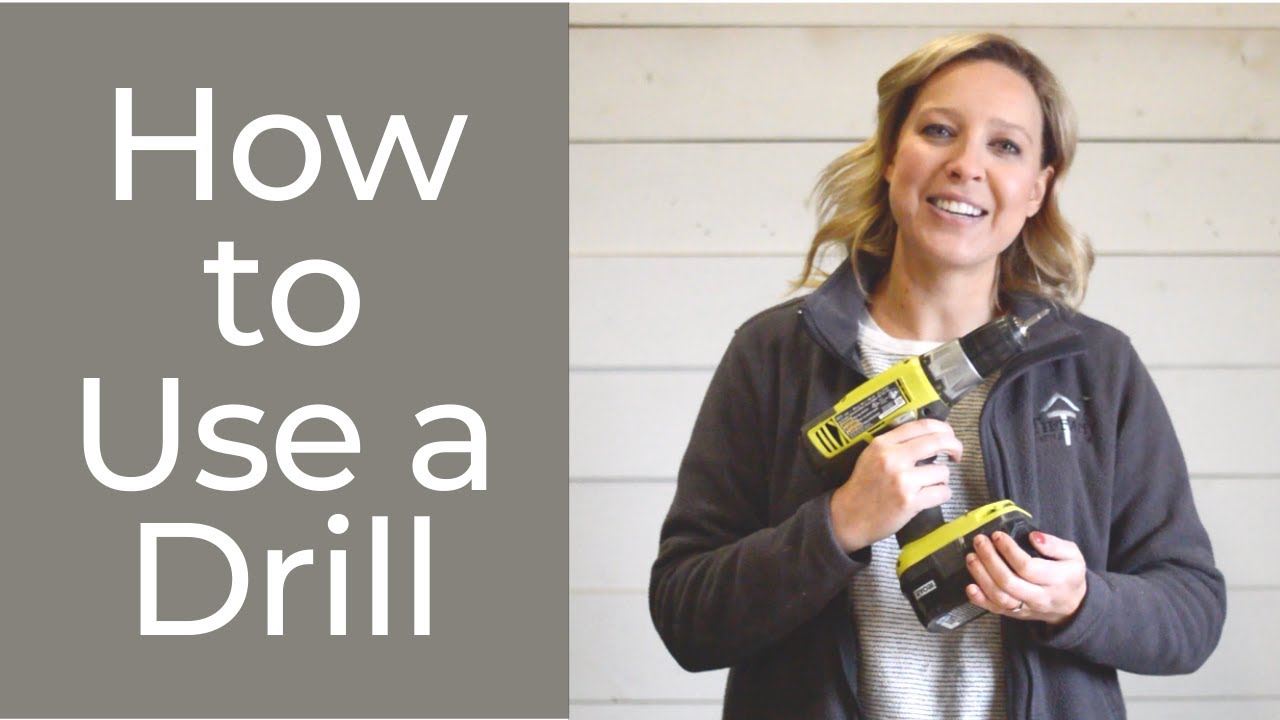Welcome to the world of power tools! Today, we’re diving into one of the most versatile tools in your toolbox – the drill. Whether you’re a seasoned DIY enthusiast or just starting out, learning how to use a drill is essential. In this guide, we’ll walk you through everything you need to know to become a pro with your drill.
Understanding the Basics
Before we jump into the details, let’s start with the basics. A drill is a tool that can bore holes or drive screws into materials. It comes in both cordless and corded options, but for beginners, a battery-powered, cordless drill is the way to go.
Drill or Driver: What’s the Difference?
You may have heard the terms “drill” and “driver” used interchangeably, but they are actually two different tools. A drill can be used for drilling holes and turning fasteners, while an impact driver is specifically designed for driving screws and other fasteners. The key difference is that an impact driver delivers bursts of power, making it more efficient for trickier jobs.
For beginners, a regular drill is the best choice. As you gain more experience, you can consider adding an impact driver to your tool collection.
Anatomy of a Drill
Let’s take a closer look at the different parts of a drill:
-
Chuck: This is where you insert the drill or driver bit. It’s adjustable and can be tightened by hand or with the help of the chuck key.
-
Trigger Switch: This is what you pull to make the drill move. Depending on the forward/reverse switch, the bit will rotate clockwise or counter-clockwise.
-
Battery: On a battery-powered drill, the battery is usually inserted at the bottom. It’s recommended to have an extra battery on hand for uninterrupted work.
-
Torque Control: This adjusts the drilling power, also known as torque. Different materials require different torque settings, so choose accordingly.
-
Gear Switch: This switch adjusts the rotation speed of the drill. Lower speed is suitable for regular screws, while higher speed is ideal for bolts and harder materials.
-
Forward/Reverse Switch: This small switch determines the direction of rotation.
Using a Drill: Step-by-Step
Now that you’re familiar with the basics, let’s walk through the process of using a drill:
Step 1: Choose the Right Bit
The type of bit you use depends on the task at hand. Drill bit sets usually come with a size chart to help you select the appropriate bit. When drilling, the bit should be slightly smaller than the screw or bolt you’re using. For driving in fasteners, choose a bit that matches the head of the screw or bolt.
Step 2: Insert the Bit
To insert the bit, rotate the chuck until it loosens enough for you to push the bit in. Then, tighten it securely to prevent the bit from popping out during use. Refer to the video above for a visual demonstration.
Step 3: Adjust the Settings and Prepare the Materials
Before you start, check the drill settings. Set the torque control and speed to suitable levels for your task. Additionally, measure and mark the location of your hole, if necessary, and secure any material that may shift during drilling.
Step 4: Drill or Drive
Position the drill with the bit touching the desired spot and pull the trigger. The pressure on the trigger affects the speed of the drill, so start slowly when driving in screws to avoid stripping them. For drilling in wood, it’s recommended to create a small pilot hole beforehand to prevent splitting.
FAQs
Q: What can I do with my drill?
A: There are countless possibilities! Here are a few ideas to get you started:
- Hanging shelves or artwork
- Installing curtain rods
- Assembling furniture
- Building a bookshelf
- Creating a planter box
Conclusion
Congratulations! You’ve learned the fundamentals of using a drill. With this knowledge, you can confidently tackle a wide range of DIY projects. Remember to always prioritize safety and consult the user manual for specific instructions. For more detailed information and expert advice, visit Best Drill Press For Metal. Happy drilling!

As the CEO of BestDrillPressforMetal.com, I take immense pride in our unwavering commitment to transformation and excellence in metalworking. I am driven and passionate about creating the best possible user experience for our customers and helping them achieve their goals with precision and innovation. With my guidance, we have established ourselves as a leader and trusted partner within the industry by leveraging cutting-edge technologies to push boundaries with incredible products that exceed expectations. We understand that metalworking is more than just a process; it is an art form made real through passion, dedication, and diligence—all of which embody our core values at BestDrillPressforMetal.com.



